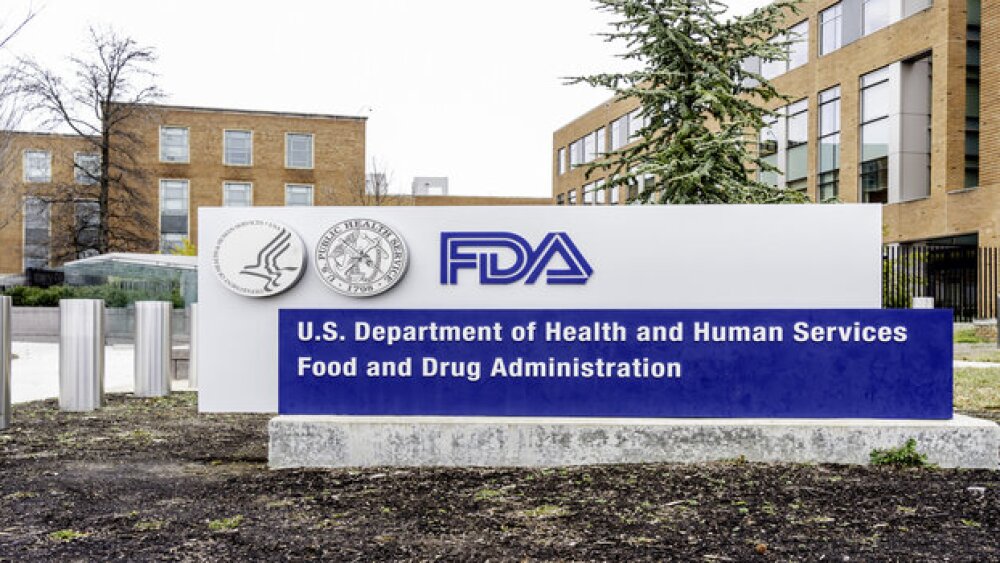Building on previous progress in the NIH Blueprint Neurotherapeutics program, AgeneBio today announced it has received significant additional resources to accelerate the development of their GABA-A a5 Positive Allosteric Modulation (PAM)
| BALTIMORE, Sept. 11, 2019 /PRNewswire/ -- Building on previous progress in the NIH Blueprint Neurotherapeutics program, AgeneBio today announced it has received significant additional resources to accelerate the development of their GABA-A a5 Positive Allosteric Modulation (PAM), a novel approach to mild cognitive impairment (MCI) due to Alzheimer’s Disease (AD) that targets hippocampal overactivity that leads to degeneration and cognitive decline in patients with MCI due to AD, autism and schizophrenia.
In a challenging environment in the search for treatments related to Alzheimer’s, AgeneBio’s programs, including the pre-clinical GABA-A a5 and Phase-3 AGB-101, an investigational therapeutic currently being evaluated for its ability to treat MCI due to AD (NCT03486938), show great promise as novel approaches targeting overactivity in the brain. GABA-A a5 PAM targets hippocampal overactivity, which prior research suggests is a major contributor to cognitive decline in mild cognitive impairment (MCI) due to Alzheimer’s Disease (AD). GABA-A a5 receptors are highly localized in the hippocampus making this an ideal target for addressing hippocampal overactivity. The AgeneBio discovery program is designed to enhance the activity of GABA at the GABA-A a5 receptor, which improves memory function in preclinical testing under conditions of hippocampal overactivity and aging. Proof of biology studies demonstrate that GABA-A a5 PAMs from multiple structural classes occupy GABA-A a5 receptors in the hippocampus and improve memory in preclinical studies of age-related cognitive impairment. “A great challenge in developing effective GABA therapeutics to treat neural overactivity has been in synthesizing compounds that are sufficiently selective at GABA-A a5 receptors in the brain,” said Sharon Rosenzweig-Lipson, Vice President of Research and Development. “In our research to date this program has identified compounds with an exceptionally high degree of selectivity and an extremely low level of off-target activity, which indicates significant potential for the selected lead compound’s ability to effectively treat conditions of hippocampal overactivity.” The Alzheimer’s Drug Discovery Foundation (ADDF) has awarded $500,000 to AgeneBio, Inc. to accelerate the first-in-class therapeutic to the clinical stage. ADDF, a long-time supporter of AgeneBio’s work, was the first to see promise in GABA-A a5 and proffered a seed grant funding AgeneBio’s initial research into selective GABA-A a5 PAMs. ADDF funds will enable accelerating IND enabling studies. This grant brings ADDF’s support of AgeneBio to a total of more than $2.5 million. The company’s intellectual property was based on over 15 years of basic research supported by the National Institute on Aging, part of the National Institutes of Health. “Pre-clinical GABA-A a5 and Phase-3 AGB101 show promise as novel approaches targeting over activity in the brain,” said Dr. Howard Fillit, Founding Executive Director and Chief Science Officer of the Alzheimer’s Drug Discovery Foundation. “As an organization committed to getting potential new and effective therapies into the hands of patients sooner than later, the ADDF is encouraged to see research programs we have supported over the past decade advance in clinical development.” Alongside AgeneBio’s progress with a lead series, the company’s GABA-5 program has been selected to receive a Small Business Innovation Research (SBIR) grant of up to $2.9 million over 3.5 years from the National Institute on Aging (NIA), adding to the ~$11M of prior NIH investment in this innovative therapeutic program provided through the NIA’s AD Drug Development Program and the NIH Blueprint Neurotherapeutics Program. The SBIR program is a highly competitive grant program leveraging rigorous scientific peer review that supports scientific excellence by encouraging domestic small businesses to engage in R&D that has the potential for commercialization. The SBIR award will be used to expand medicinal chemistry efforts to identify a second structurally diverse series of GABA-A a5 PAMs. These efforts will continue to build on long time successful collaborations with Hager Biosciences, University of Southern California and Johns Hopkins University. “By investing in the development of novel agents that target the overactive neural circuitry observed in Alzheimer’s disease, NIA continues to expand the drug development pipeline for treating cognitive impairment,” said Lorenzo Refolo, Ph.D., Director of NIA’s Alzheimer’s Drug Development Program. “Our lead GABA-A a5 PAM compound offers optimal precision for addressing cognitive impairment due to neural overactivity. This class of drugs shows great promise, not only for their potential to treat the early symptoms of AD, but also for their ability to address other unmet patient needs in autism and schizophrenia,” said Michela Gallagher, CEO of AgeneBio. “We are grateful for the continued support from the NIH and ADDF for this research and are tremendously excited about the opportunity to advance development to clinical stage.” About AgeneBio About the Alzheimer’s Drug Discovery Foundation Research reported in this release was supported by the National Institute on Aging of the National Institutes of Health under Award Number 1R44AG063607-01. The content is solely the responsibility of the authors and does not necessarily represent the official views of the National Institutes of Health.
SOURCE AgeneBio |





